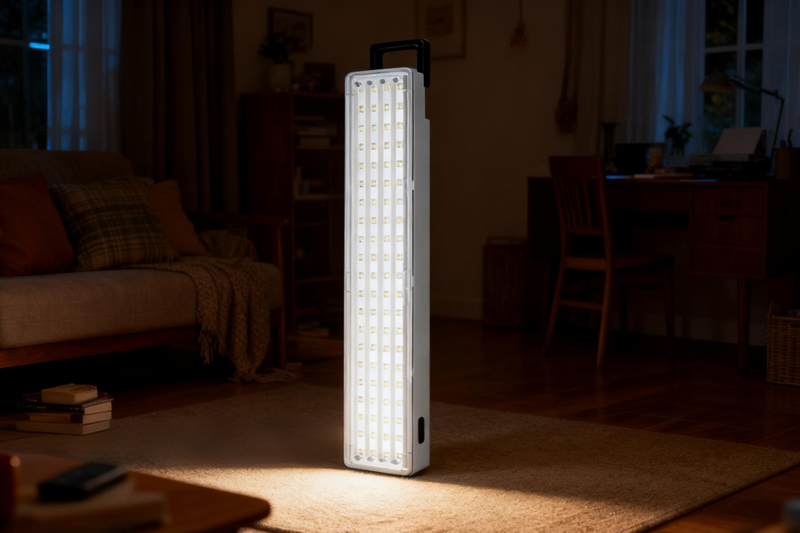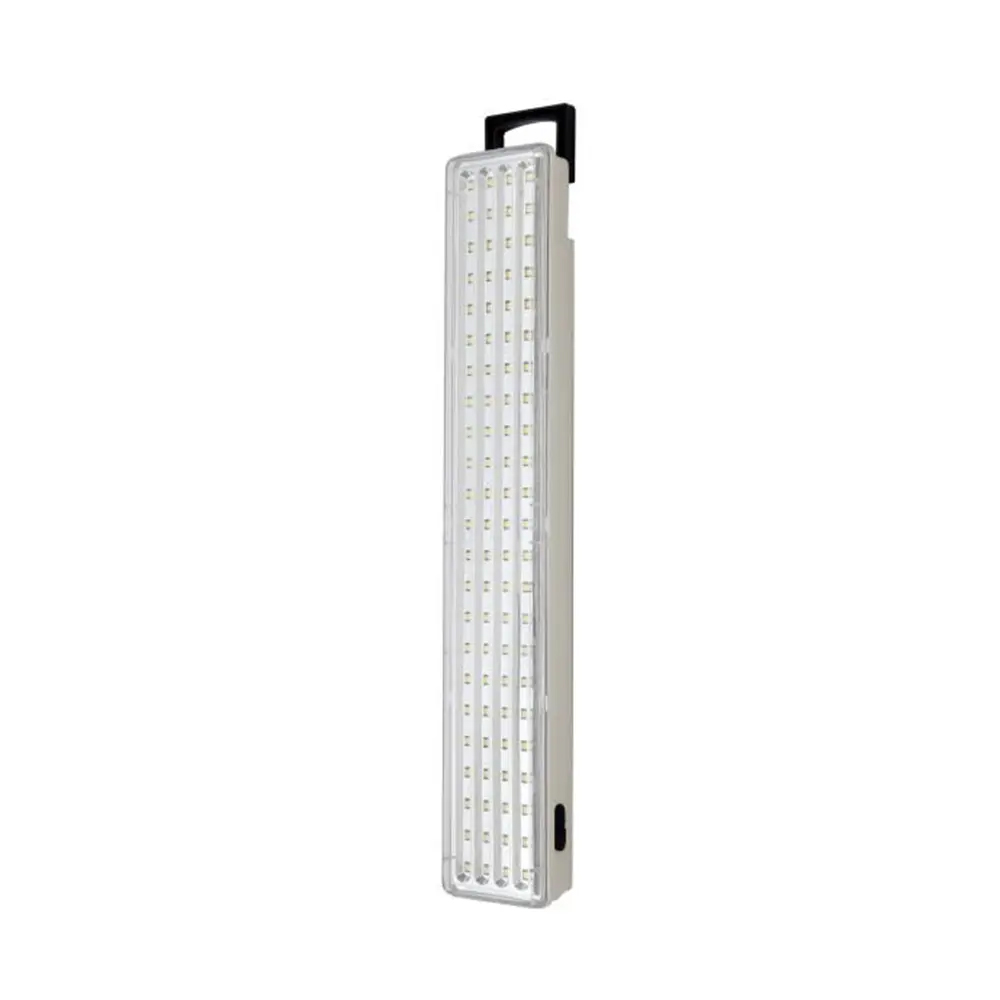The primary purpose of household emergency lighting is to provide essential illumination during sudden power outages or other emergencies, thereby ensuring the safety and convenience of household members. Specifically, its core functions are reflected in the following aspects:
Ensuring Personal Safety (Preventing Falls and Collisions):
This is the main function. When a sudden power failure occurs at night or in low-light environments (like basements, windowless hallways, stairwells), the home can plunge into darkness, making people highly susceptible to slipping, tripping, or colliding with obstacles due to poor visibility. Emergency lights immediately provide illumination, lighting up critical paths (such as exit routes, hallways, stairs), significantly reducing the risk of accidental injury. This is especially important for the elderly, children, and individuals with mobility challenges.
Aiding Emergency Evacuation:
During disasters like fires or earthquakes that cause main power failure, emergency lights (especially those with exit signs or installed along key routes) can illuminate escape routes, helping family members evacuate quickly and safely to an outdoor safe area. They reduce the panic caused by darkness and allow people to identify directions more clearly.
Providing Basic Operational Lighting:
After a power outage, emergency lights provide sufficient light for necessary tasks, such as:
Locating other emergency supplies: Flashlights, spare batteries, first aid kits, etc.
Operating critical equipment: Shutting off gas valves (if safe to do so), operating manual locks or shutters.
Caring for family members: Checking on the well-being of family, especially the elderly, infants, or those requiring special care.
Briefly handling urgent matters: Dealing with immediate issues briefly, if it’s safe to stay.
Maintaining Basic Activity Capability:
During prolonged power outages (e.g., due to severe weather), emergency lights can provide localized illumination, enabling family members to carry out basic non-urgent activities in specific areas (like the living room or dining area), such as simple conversation while waiting for power restoration, reducing inconvenience.
Indicating Exit Locations:
Many household emergency lights are designed as wall-mounted units installed in hallways, stairwells, or near doorways, inherently serving as directional and exit indicators. Some models also integrate illuminated “EXIT” signs.
Key Features of Household Emergency Lighting that Enable its Function:
Automatic Activation: Usually equipped with built-in sensors that instantly and automatically illuminate upon main power failure, requiring no manual operation. This is crucial during sudden nighttime blackouts.
Independent Power Source: Contain built-in rechargeable batteries (e.g., NiCd, NiMH, Li-ion) that remain charged during normal power supply and automatically switch to battery power during an outage.
Adequate Duration: Generally provides illumination for at least 1-3 hours (meeting safety standards), sufficient for most emergency evacuations and initial responses.
Sufficient Brightness: Delivers adequate light to illuminate paths and key areas (typically tens to hundreds of lumens).
Reliable Operation: Designed for reliability to function correctly during critical moments.
Low Maintenance: Modern emergency lights often have self-test features (periodically briefly illuminating to test battery and bulb), requiring only that they remain plugged in and charging during normal operation.
In summary, a household emergency light is a crucial passive safety device. While rarely used, the illumination it provides during a sudden power outage or emergency in the dark serves as the “last line of defense” for home safety. It effectively prevents secondary injuries caused by darkness and provides vital visual support for safe evacuation and emergency response. It is one of the most essential basic safety installations for a home, alongside an emergency kit.
Post time: Nov-06-2025


